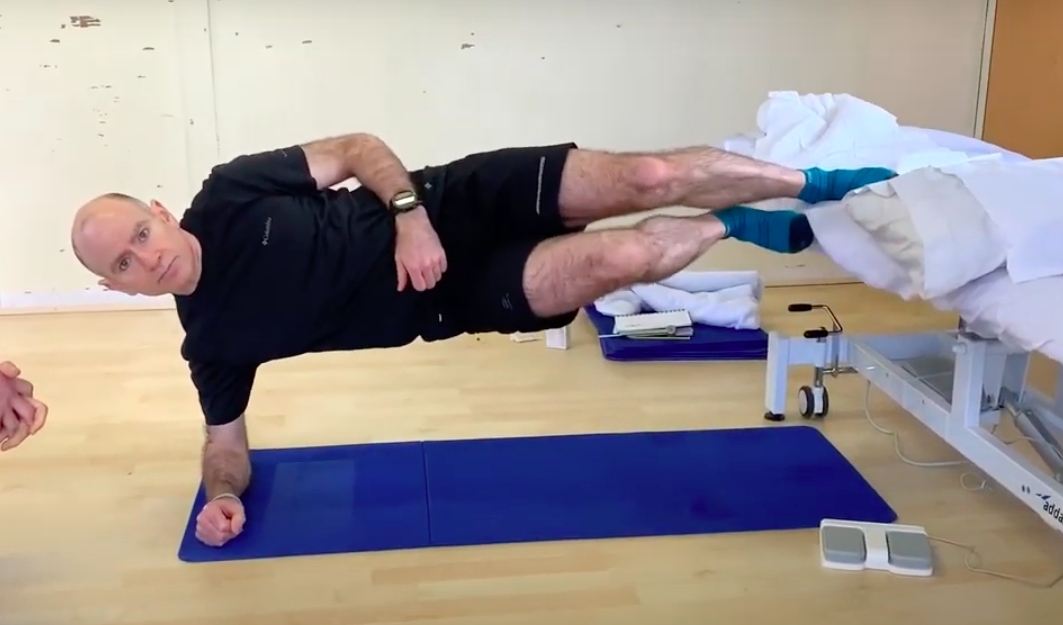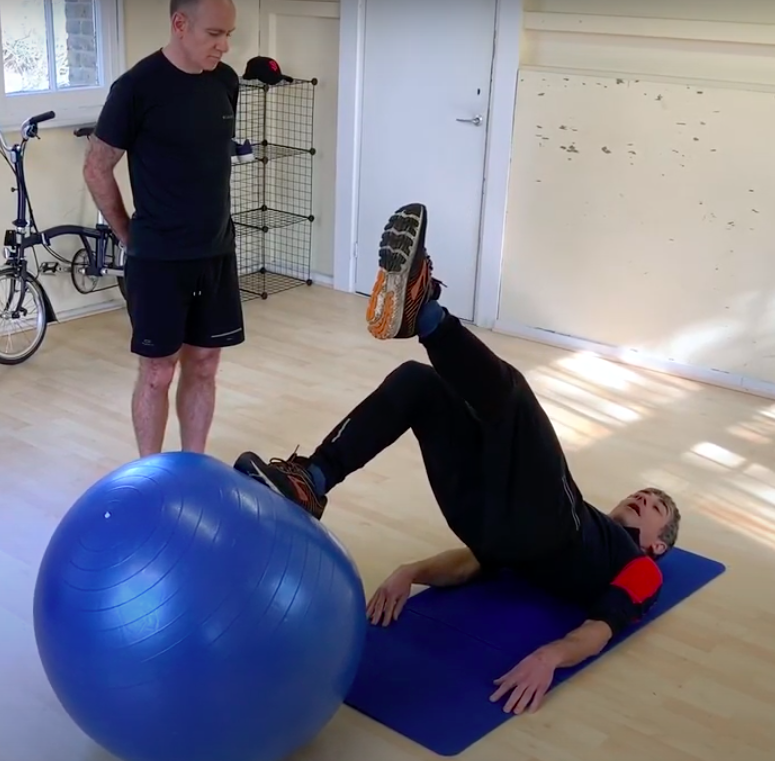Runner’s knee?
Runner's knee, medically known as patellofemoral pain syndrome (PFPS), is a common condition characterized by pain around or behind the kneecap (patella). It is a condition frequently experienced by runners, although it can also affect individuals who engage in activities that involve repetitive knee bending, such as cycling, hiking, and jumping.
The exact cause of runner's knee is often multifactorial and can include:
Overuse: Excessive or repetitive stress on the knee joint, often from activities like running long distances or participating in high-impact sports, can lead to irritation and inflammation of the tissues around the patella.
Muscular Imbalances: Weakness or tightness in the muscles surrounding the knee, particularly the quadriceps (thigh muscles), hamstrings, and hip muscles, can alter the alignment and mechanics of the patella, contributing to increased stress and friction on the joint.
Biomechanical Factors: Abnormalities in knee or lower limb alignment, such as flat feet (overpronation) or excessive inward movement of the knees (valgus), can predispose individuals to develop runner's knee by placing uneven pressure on the patella.
Improper Footwear: Wearing shoes that lack proper support or cushioning, or using worn-out athletic shoes, can increase the risk of developing runner's knee by altering gait mechanics and increasing stress on the knee joint.
Trauma: Direct trauma or injury to the knee, such as a fall or blow to the knee, can lead to inflammation and pain in the patellofemoral joint.
Symptoms of runner's knee may include:
Pain around or behind the patella, especially during activities such as running, squatting, climbing stairs, or prolonged sitting with the knees bent.
Swelling or tenderness around the kneecap.
Crepitus (grinding or popping sensation) when moving the knee.
Difficulty or discomfort with activities that involve bending or bearing weight on the affected knee.
Treatment for runner's knee typically involves a combination of rest, activity modification, pain management, and rehabilitation exercises to address underlying biomechanical factors and strengthen the muscles around the knee. This may include:
Activity Modification: Avoiding activities that exacerbate symptoms, such as running on hard surfaces or squatting deeply, can help prevent further irritation of the knee joint.
Physical Therapy: Physiotherapy can play a crucial role in rehabilitating runner's knee by providing targeted exercises to strengthen the quadriceps, hamstrings, and hip muscles, as well as improve flexibility and joint mobility.
Orthotics: Custom orthotic devices (shoe inserts) may be prescribed to support the arches of the feet and correct any biomechanical issues that contribute to runner's knee.
Footwear: Wearing supportive and properly fitting athletic shoes can help reduce stress on the knee joint and improve gait mechanics.
It's essential for individuals experiencing symptoms of runner's knee to consult with a healthcare professional, such as a physiotherapist or sports medicine physician, for an accurate diagnosis and tailored treatment plan. With proper management and rehabilitation, most cases of runner's knee can be successfully resolved, allowing individuals to return to their normal activities with improved knee health and function.
A few exercises to help treat runner’s knee
I recommend working through these exercises as a circuit every other day, if you have ITBS. Double-check with a medical professional before starting any kind of rehabilitation routine, to make sure that these exercises are right for you and your specific injury.
1. Single leg squats
This exercise works the gluteus maximus. You can use a resistance band tied around a high bar, or any other pole or wall for balance, and to take away some of the difficulty. Standing on one leg, squat down to a 90-degree angle, before driving back up again - remembering to squeeze the glutes. Repeat with the other leg.
2. Banded clams
Banded clams will work the gluteus medius muscle, which is to the side of the buttocks. Lying on your side, place a resistance band around both legs, just above the knees. Opening up the hips, separate your legs - keeping the bottom leg still. Hold at the top for a second, and then bring the top leg down again.
During this exercise, keep the feet together, and really focus on abducting the thigh. You should feel this in your gluteus medius. Repeat this exercise twelve times, and swap sides so that you can repeat with the other leg
3. Rear foot elevated split squats
These split squats will work your quads - the large muscles in your thigh. Place one foot on an exercise ball (or any other elevated surface, such as a bench, if you don’t have an exercise ball - but the exercise ball is best for stability). This exercise will also help to strengthen the ligaments in the outer knee.
Slowly bend the front knee, so that you come down into almost a lunge position. As you drive back up, you should feel the strain on your quads. Repeat this exercise six times on each leg.
4. Adductor side plank
As the name suggests, this exercise works the adductor muscles in the inner thigh - this will help to stabilise the knee, while also taking stress away from the ITB.
To get into position for this exercise, lie in a modified side plank position. Your forearm, hip and bottom leg will all be in contact with the floor. The foot of your top leg should be placed on a higher surface, such as a bench.
Use the adductor muscles to life the hips up off the floor, with the bottom leg meeting the top leg. Lower the body back to the floor, and then repeat six times for each leg.
5. Elevated glute bridge
Our final exercise will work the hamstrings and the glutes, helping to stabilise the knee. Lie on your back, with one foot resting on an exercise ball and the other in the air.
Using the hamstrings and the glutes, thrust the hips into the air so that they are parallel to the knee. Lower your hips back to the floor, and repeat six times for each leg.






